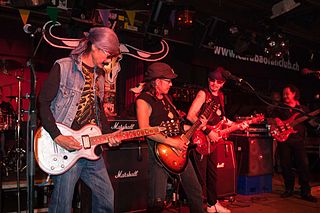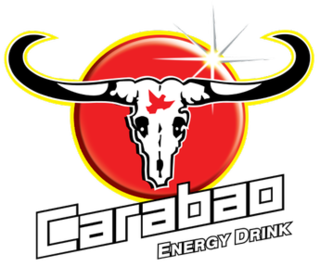
Romblon is an archipelagic province of the Philippines located in the Mimaropa region. Its main islands include Tablas, the largest, which covers nine municipalities, Sibuyan with its three towns, as well as the smaller island municipalities of Corcuera, Banton, Concepcion, San Jose, and Romblon, the provincial capital. The province lies south of Marinduque and Quezon, east of Oriental Mindoro, north of Aklan and Capiz, and west of Masbate. According to the 2015 census, it has a total population of 292,781.

Tablas is the largest of the islands that comprise the province of Romblon in the Philippines. The name of the island was of Spanish origin. Before the colonization of the Philippines, Tablas was known as the Island of Osigan. At the time of contact with Westerners, Osigan had a population of two hundred and fifty people living in small villages. Wax was produced in this island.
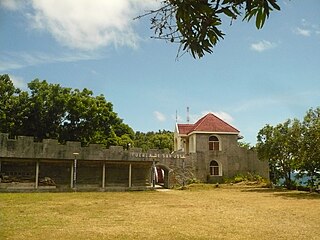
Banton, officially the Municipality of Banton,, is a fifth-class municipality in the province of Romblon, Philippines. According to the 2015 census, it has a population of 5,536 people.

Looc, officially the Municipality of Looc, is a 4th class municipality in the province of Romblon, Philippines. According to the 2015 census, it has a population of 22,262 people.

Romblon, officially the Municipality of Romblon, is a 3rd class municipality and capital of the province of Romblon, Philippines. According to the 2015 census, it has a population of 38,758 people.

San Jose, officially the Municipality of San Jose, is a 5th class municipality in the province of Romblon, Philippines. According to the 2015 census, it has a population of 10,881 people.

Santa Fe, officially the Municipality of Santa Fe, is a 5th class municipality in the province of Romblon, Philippines. According to the 2015 census, it has a population of 16,098 people.
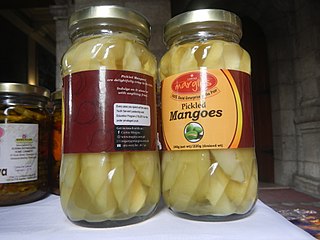
Burong mangga is a Filipino side dish made by mixing sugar, salt, and water to mangoes that have previously been salted. The mixture of water and sugar should be boiled and cooled first, before pouring it over the salted mangoes. Some variants add chilis to the cooled sugar water mixture. Original "basic" burong mangga is made using a brine solution and pouring it over halved unripe or partially ripe mangoes. Mango cultivars commonly used for burong mangga include 'Carabao' mangoes and 'Pico' mangoes.
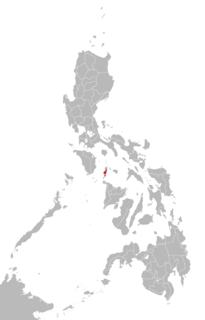
Onhan is a regional Western Visayan language spoken, along with the Romblomanon and Asi languages, in the province of Romblon, Philippines. The language is also known as Inunhan and Loocnon.

FC Khujand is a Tajik football club based in Khujand, currently playing in the Tajik League, the top division in the country.
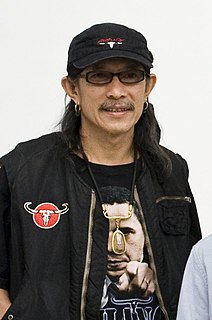
Aed Carabao is the stage name of Yuenyong Opakul, born 9 November 1954. He is a singer/songwriter and leader of the Thai rock band Carabao, known for its songs in the "songs for life" genre.

M-150 is a non-carbonated energy drink marketed by the Osotspa Company Limited. In Thailand it is sold in 150 mL glass bottles. In 2010 it was reported that M-150 had a 65 percent share of market. By 2014 that had dropped to 46 percent.
The special Municipality of Tablas was a municipality within the Province of Romblon in the Philippines from 1940 to 1946. It encompassed the entire island of Tablas with Odiongan, the largest town in the island, as its seat.
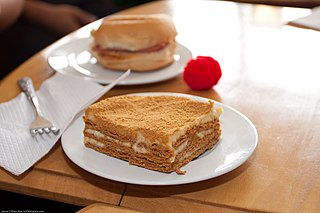
Mango float or crema de mangga is a Filipino icebox cake dessert made with layers of ladyfingers (broas) or graham crackers, whipped cream, condensed milk, and ripe carabao mangoes. It is chilled for a few hours before serving, though it can also be frozen to give it an ice cream-like consistency. It is a modern variant of the traditional Filipino crema de fruta cake. It is also known by various other names like mango refrigerator cake, mango graham float, mango royale, and mango icebox cake, among others. Crema de mangga is another version that additionally uses custard and gulaman (agar) or gelatin, as in the original crema de fruta.
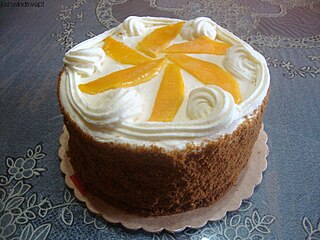
Mango cake or mango chiffon cake, is a Filipino layered chiffon cake infused with ripe sweet Carabao mangoes. It is typically topped with mango cream frosting, fresh mango slices, or pureed mangoes in gulaman or gelatin. Other common toppings include cream, cream cheese, and chocolate. It also commonly sandwiches slices of mangoes between the layers. It is one of the most popular cake variants in the Philippines, where mangoes are abundant year-round. Commercial versions are also available in large bakery chains like Red Ribbon Bakeshop and Goldilocks Bakeshop, as well as individual recipes from restaurants, often with unique names. It is very similar to crema de mangga, except that mango cake uses layers of chiffon cake not broas or graham crackers. The two recipes can sometimes be combined, however.

